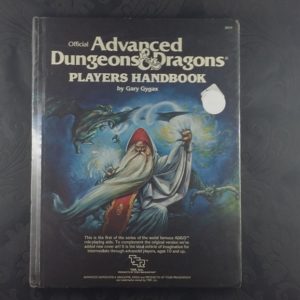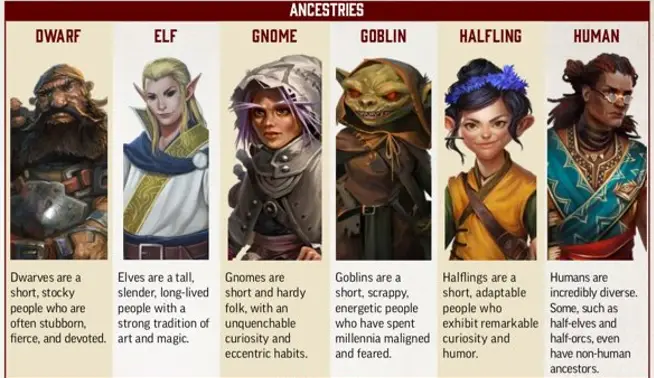
'THAC0' was 'officially' integrated in AD&D 2nd edition. The combat system was modified and clarified from AD&D.

These were already being produced for AD&D and were repackaged for 2nd edition.ĭevelopment in this sense was staggered, it seems the likes of the more 'family friendly' and 'heroic' image were being pushed by the early to mid 80s but the 2nd edition of the game solidified these concepts into the core product. The heroic narrative would further be pushed in by numerous tie in settings such as the Dragonlance series. The design of the game emphasised high fantasy heroic play and marketed towards a younger audience. Rumours further circled that D&D encouraged belief in satan, was a gateway towards the occult and distracted teenagers from more wholesome tasks like becoming an executive for a transnational petroleum mining company.Īs a result AD&D 2nd ed removed all mention of demons and devils from the game and overall toned down the product in response to the criticism, the assassin class was removed as was the half-orc. TSR had been pushing a more 'family friendly' image since the satanic panic had hit America with D&D being blamed for a spate of tragic suicides amongst teenagers in the country. However from a cynical perspective this was also a means to break up one book into several smaller products and earn more money from it as a result.īy this point in history Dungeons and Dragons was a mainstream name. This form of modular design could be seen as rather innovative for the time, much like an online SRD you'd get today that you can just update with a new batch of content. The compendium was intended to be like a monster manual that could be added to with ‘expansion’ packs TSR would release containing more information. It was published in the form of the Players Handbook, Dungeon Master Guide and the new Monstrous Compendium.

It was worked on by a team of designers at TSR led by David Cook and aimed to be compatible with AD&D whilst advancing further on the rules. Launched in 1989, AD&D 2E was designed to consolidate the vast range of AD&D content in a brand new edition of the game. In the last article we looked at AD&D which you can read here.

In this series of articles we'll be exploring the differences and similarities between every edition of Dungeons and Dragons.


 0 kommentar(er)
0 kommentar(er)
